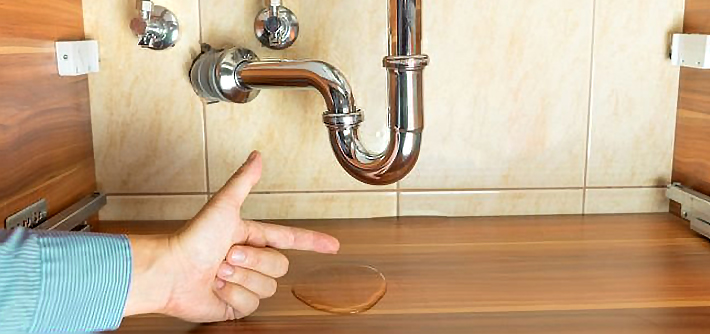In an age where safeguarding our residences and workplaces against water leaks is crucial, knowing how to install a leak detector is essential. This guide is designed not only for industry QA experts but also for anyone eager to delve into the process of leak detection.
While the installation of a leak detector may seem intimidating, it can be accomplished with the right tools and clear instructions. Picture this: a hidden leak in your office that leads to significant water damage, resulting in hefty repair bills. Leak detectors serve as an excellent preventive measure against such scenarios.

Why Is it Important to Install a Leak Detector?
Water damage claims are among the most frequently reported for both homes and businesses. Research from the Insurance Information Institute reveals that costs associated with water damage are climbing each year. By having a leak detector installed, you can nip potential problems in the bud, preventing them from escalating into major issues.
Discover the importance of smart water leak detectors to gain further insights on why this device is a must-have.
Essential Tools for Installation
Before diving into the installation process for your leak detector, gather the following tools:
- A dependable leak detector unit (either smart or conventional)
- Drill (if wall mounting is needed)
- Screwdriver
- Adhesive strips (for installation without drilling)
- Smart device (for setting up smart detectors)
Having these tools ready will streamline your installation. It's smart to choose a leak detector that caters to your specific needs. For example, smart detectors with app features offer real-time notifications, which are especially useful for users who are often away from their properties.
Simple Steps for Installation
Here's a straightforward guide to installing your leak detector:
- Choose a spot close to potential leak sources, like under sinks, near water heaters, or alongside plumbing systems.
- If required, mount the device using a drill and screws, or opt for adhesive strips on flat surfaces.
- Make sure the device is powered properly, using either batteries or a power adapter.
- For smart detectors, download the appropriate app on your device, and follow the app's instructions to establish a Wi-Fi or Bluetooth connection.
- Conduct a quick test by introducing slight moisture to the sensor; most detectors will trigger an alarm or notification to confirm they're operational.
For a deep dive into how smart water leak detectors operate, you can refer to smart water leak detectors.
Troubleshooting Common Installation Problems
Encountering issues during the installation isn't unusual. Here are some frequent concerns and how to solve them:
- Device won't turn on: Check if the batteries are new or inspect the power connection when using an adapter.
- No alerts received: Ensure your Wi-Fi is stable and that the device is in range.
- False alarms: Reassess the detector's placement, as fluctuations in humidity can sometimes lead to false triggers.
For tips on optimizing your leak detection setup, be sure to check out second home leak sensors.
Caring for Your Leak Detector
Regular upkeep is critical for maintaining the efficiency of your leak detector. Heres how to ensure it stays in top shape:
- Test the device frequently to confirm responsiveness; monthly checks are ideal.
- Change the batteries at least annually or when low battery alerts appear.
- Keep the sensor free from dust and debris.
Routine checks will significantly extend the lifespan and performance of your device, offering you peace of mind against unforeseen water damage.
Final Thoughts
Knowing how to install a leak detector is a proactive step in protecting your property from costly water damage. It's essential for both residential and commercial spaces. The effort you put into establishing a reliable leak detection system will pay off, providing not just peace of mind but also valuable savings on potential repairs.
If you want to explore the features and advantages of advanced leak detectors, consider smart leak detection options that can enhance your home safety.

Frequently Asked Questions (FAQs)
1. Is professional help necessary for installing a leak detector?
No, most leak detectors come with user-friendly instructions, making it easy for you to install them on your own.
2. Where is the best location for my leak detector?
Its advisable to position the detector near leak-prone areas, such as under sinks, around toilets, or near appliances like washing machines and water heaters.
3. What should I do upon receiving a leak alert?
Immediately check the alerted area for visible leaks. If you find one, resolve the issue promptly by either fixing it yourself or contacting a professional plumber to avoid further damage.






